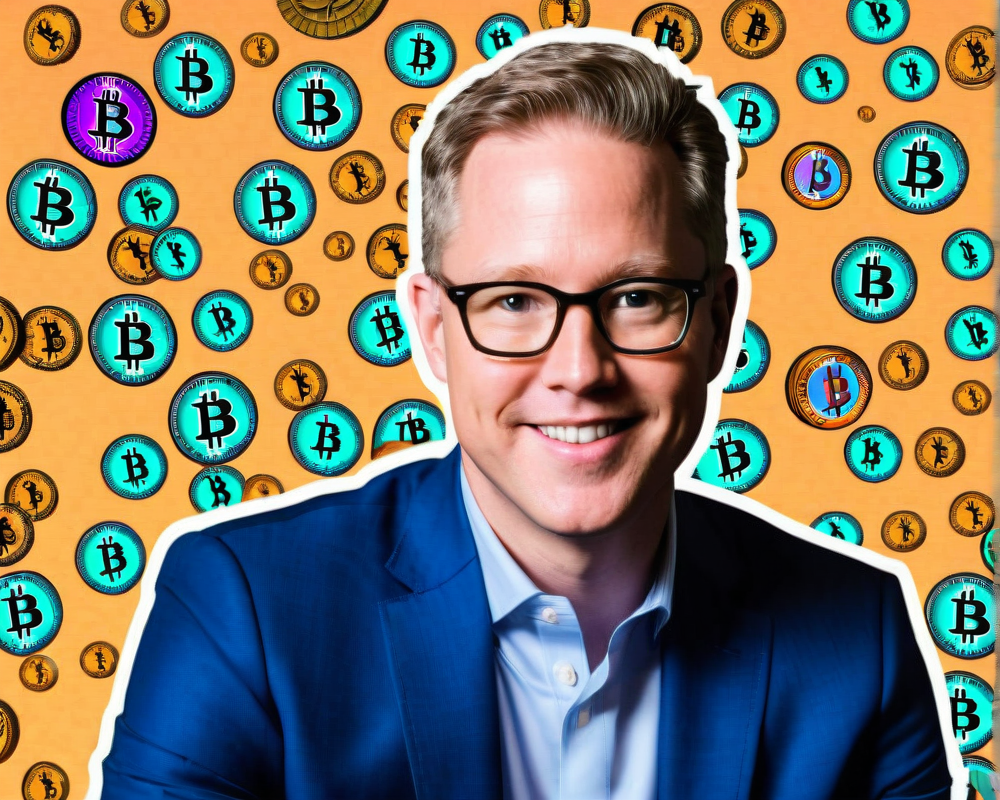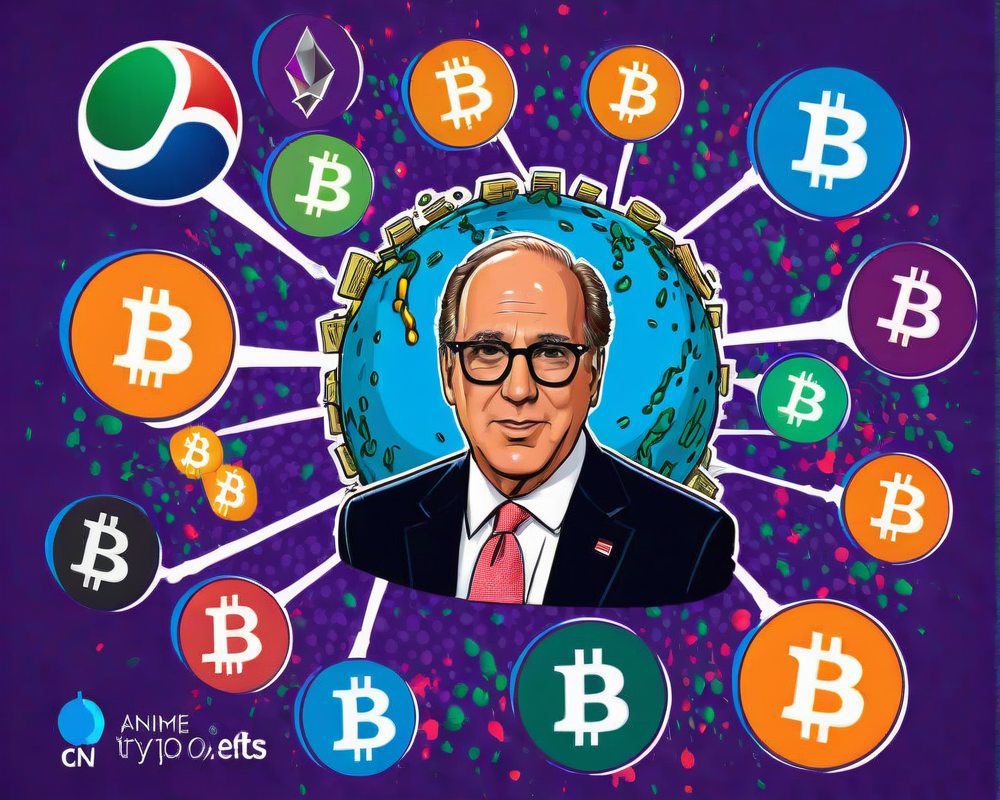Michael Anderson: From Tech to Crypto
Michael Anderson started his career deep within the realms of traditional technology, fueled by nerdy passion on weekends. Having left his mark at Dropbox and Snapchat, where he honed his knack for payments and commerce, his leap into the silicon-studded world of cryptos and decentralized finance was almost inevitable. It’s the classic tale of a techie turned visionary investor. Who said you can’t have your cake and eat it too, right?
Bridging the Gap in Crypto Investment
Together with his co-founder Vance Spencer, Anderson founded Framework Ventures, driven by the ‘*Aha!*’ moment that traditional VCs were lagging in a major realm. Promising startups were bypassed in favor of just buying and holding project tokens. “We realized that investing in protocols required a different playbook, thus we turned the tide,” says Anderson. It’s more than just shuffling shares; it’s about building robust networks.
Innovating Beyond Traditional Venture Principles
Anderson describes their fund, aptly dubbed “Network Capital,” which sweetens the deal with token-based investments. You might find yourself chuckling at how he cheekily describes traditional investors as “just long on equity.” Here’s the kicker – they aim for long-term returns, often opting to let their investments simmer rather than jump ship at the first sign of profit.
Decoding Crypto Investment Philosophy
While couched in the complexities of emerging technology, Anderson’s principles harken back to the essence of angel investments. With a serious look, he shares, “It’s all about the people behind the projects.” That little tidbit of wisdom stems from their diligence on the founders of Chainlink and Synthetix, investing off strong belief in their leadership. Surprise, surprise: relationships matter!
Quantifying the Unquantifiable
Evaluation metrics in this non-revenue realm imply a new philosophy. Anderson clarifies, “We’re not bullish because of price, but rather how a project aligns against its counterparts.” Think of it as dating; you’re not choosing someone just because they’re popular – it’s about compatibility over time. Intriguingly, they also dive deep into qualitative analysis, with each project’s roadmap leading the way, like a GPS for trusting new ventures.
Exploring the Future of Decentralized Finance
The crystal ball shows that decentralized finance (DeFi) is where Framework sees its greatest promise. Anderson passionately reminds us, “At the heart of blockchains is trustless value transfer. That makes DeFi incredibly programmable.” Great, but what’s next? Right now, it’s a lot of crypto trading shenanigans, and we’re left wondering when it’ll venture into broader strokes.
Under-Collateralized Loans: The Next Big Thing?
Despite its hiccups, Anderson believes in the evolution of DeFi. One specific area catching his eye is under-collateralized loans, potentially bolstered by social or identity checks. Can you imagine a scenario where your social standing translates into a loan? The possibilities spark a light of intrigue amid the complexity of DeFi.
Insurance: The Untapped Gold Mine of Decentralization
Now let’s shift gears to insurance – the pot of gold at the end of Anderson’s rainbow. He highlights how decentralized insurance could optimize the industry: “If you tackle even 50% of the existing cost structure, you’re looking at a game-changer.” That’s the kind of talk that’ll make traditional insurers sweat a tad.
Smart Contracts and Car Sensors
Anderson paints a picture – imagine car sensors that directly feed data to smart contracts, reducing paperwork to a whisper. That’s right, a no-fuss claims process is not just a dream. It’s a step closer to reality. Anderson’s vision sets the stage for a comprehensive shift against the centuries-old titans of the insurance industry.




